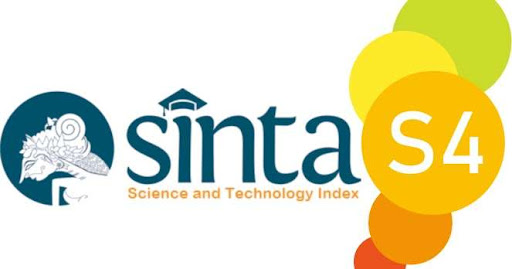Women's Language in Bargaining: A Sociolinguistic Study of Seller-Buyer Interactions in Dinoyo Market
DOI:
https://doi.org/10.36733/sphota.v16i2.9132Keywords:
Sociolinguistics, Women’s Language, Market Bargaining, Communication StrategiesAbstract
This study investigates the characteristics of women’s language in market bargaining, revealing how specific communicative features affect buying and selling interactions. These features include the use of polite and non-confrontational language forms, such as hedges and tag questions, which reflect a desire to maintain harmonious social relations. Drawing on Robin Lakoff’s (1975) theory, the study examines how features like hedges, tag questions, and super polite forms are employed by female sellers and buyers during market interactions. The research methods include direct observation and conversation analysis to identify the frequency and context of these language features. The findings indicate that the use of female language traits not only influences the nature of bargaining but also contributes to establishing and maintaining positive social relationships between sellers and buyers. These insights enhance our understanding of communication strategies in economic contexts and underscore the importance of recognizing gender-specific linguistic features in everyday social interactions. Furthermore, the research suggests that a deeper understanding of women’s language traits can provide practical benefits for market participants, aiding in the improvement of their negotiation and marketing skills
References
Adi, P. P. S., Mulyawan, I. W., & Indriyani, K. S. (2022). Women’s language features used by Taylor Swift in the 2015 Grammy interview video. Bali: Universitas Udayana.
Agustin, C. (2004). Sociolinguistic study on women’s speech features used by the female VJs of MTV Indonesia. Surabaya: Petra Christian University.
Amalia, H. (2022). An analysis of women's language features used by Tina Fey in her book Bossypants. Semarang: Universitas Diponegoro.
Craver, C. B. (2020). Gender differences in negotiations. Washington: Washington University.
Ginarti, D., Nurhapitudin, I., Ruminda, & Iksan, H. H. (2022). Study of language features used by male and female in #SaveJohnnyDepp on Instagram and Twitter. Bandung: UIN Sunan Gunung Djati.
Haas, M. R. (1964). Language in culture and society. New York: Harper & Row.
Hidayati, F., & Dallyono, R. (2015). The use of hedges and boosters as rhetorical devices in the construction of speeches. Linguistik Indonesia, 33(1), 53-72. https://doi.org/10.26499/li.v33i1.29
Indanna, P. S., Arasuli, & Damayanti, I. (2022). An analysis of women’s language features used by the three Indonesian female travel bloggers. Bengkulu: Universitas Bengkulu.
Labotka, L. (2009). Language and women’s place in drag: Power, femininity, and gay speech. University of Arizona.
Lakoff, R. (2004). Language and women’s place. In M. Bucholtz (Ed.), Language and women’s place: Text and commentaries (pp. 21-80). Oxford: Oxford University Press.
Mahmudah, H. (2020). Perbedaan tuturan perempuan dan laki-laki pada proses tawar menawar di pasar splendid, kota malang (kajian sosiolinguistik). Kota Malang: UB.
Mahsun. (2005). Metode penelitian bahasa: Tahapan strategi, metode, dan tekniknya. Jakarta: PT. Raja Grafindo Persada.
Mualafina, R. F. (2013). Basa basi dalam interaksi jual beli di pasar tradisional Kertek Wonosobo. Yogyakarta: Universitas Gajah Mada.
Nurhasanah. (2018). Gender language differences in traditional market. Medan: Universitas Muhammadiyah Sumatera Utara.
Park, J., Lee, M.-a., & Kim, H. Y. (2024). The neighborhood advantage: Exploring the impact of negotiation costs on transaction satisfaction in local second-hand trading platforms. Fashion and Textiles, 11(1), 22. https://doi.org/10.1186/s40691-024-00123-7
Pebrianti, A. A. (2013). Women’s language features used by Indonesian female bloggers. Bandung: Universitas Pendidikan Indonesia.
Pujiati, T., & Triadi, R. B. (2016). Kajian tindak tutur pedagang suvenir di Pantai Pangandaran berdasarkan perspektif gender. Kota Tangerang: UNPAM.
Taylan, C., & Weber, L. T. (2023). "Don't let me be misunderstood": Communication with patients from a different cultural background. Pediatric Nephrology, 38(3), 643–649. https://doi.org/10.1007/s00467-022-05573-7
Trioktaviani, S., & Degaf, A. (2023). Exploring language styles in online bedtime stories for children. Pioneer: Journal of Language and Literature, 15(2), 371-387. https://doi.org/10.36841/pioneer.v15i2.3175













